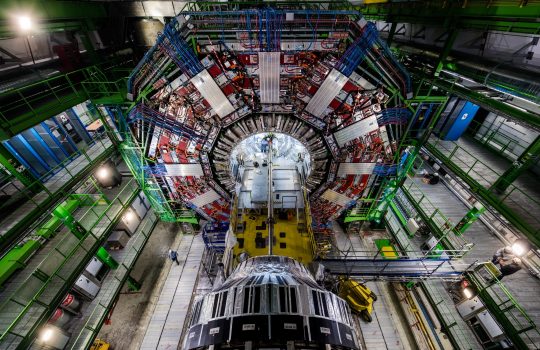New results from the CMS experiment put W boson mass mystery to rest
Physicists on the CMS experiment announce the most elaborate mass measurement of a particle that is notoriously difficult to study and has captivated the physics community for decades.

